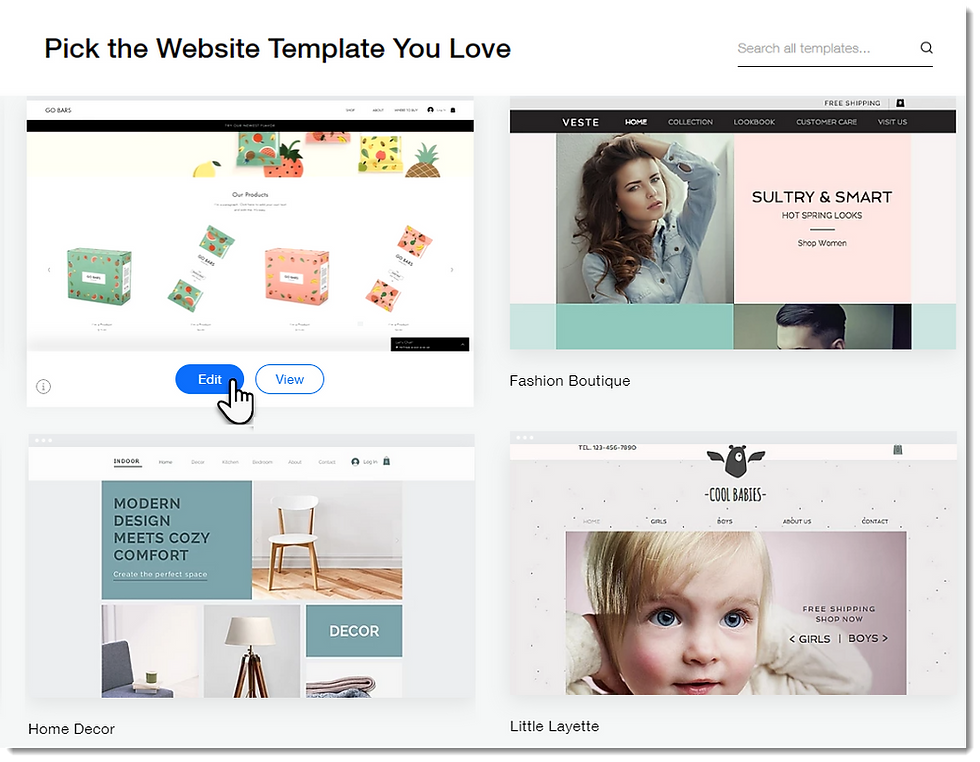Basic SEO Rules for Web Designers
- falgun baroi
- May 12
- 2 min read
In today’s digital landscape, a beautifully designed website isn’t enough. If people can’t find it on Google, your stunning design might never be seen. That’s where SEO (Search Engine Optimization) comes in. While web designers may not be SEO experts, understanding basic SEO rules is essential to creating websites that are both visually appealing and search-engine friendly.
Here are the basic SEO rules every web designer should follow:

1. Use Semantic HTML Structure
Search engines rely on your code to understand your content. Always use proper HTML tags like:
<header>, <main>, <footer>
<h1> to <h6> for headings (only one <h1> per page)
<nav> for navigation
<article> and <section> for content grouping
This not only helps SEO but also improves accessibility.
2. Mobile-First Design
Google prioritizes mobile-friendly websites in its ranking. Ensure your design is:
Responsive across all devices
Easy to navigate with fingers
Fast to load on mobile networks
Use tools like Google’s Mobile-Friendly Test to check.
3. Optimize Images
Large images slow down websites and hurt SEO. Follow these best practices:
Compress images before uploading (use WebP when possible)
Add descriptive alt tags for every image
Use lazy loading for off-screen images
4. Improve Page Load Speed
Fast-loading websites rank better and keep users engaged. As a designer, you can:
Avoid heavy animations or large files
Use optimized fonts
Minimize use of unnecessary plugins or scripts
Use PageSpeed Insights to test and improve performance.
5. Clean URLs and Structure
Well-structured URLs help both users and search engines understand your pages. Follow these guidelines:
Use hyphens (-) instead of underscores (_)
Avoid numbers or irrelevant characters
Make URLs short, descriptive, and keyword-focused (e.g., /services/web-design)
6. Meta Tags Matter
Web designers should ensure that each page allows for unique meta titles and descriptions. These show up in search results and influence click-through rates.
Keep title tags under 60 characters
Write compelling descriptions under 160 characters
Include relevant keywords naturally
7. Use Internal Linking Wisely
Make it easy for search engines to crawl your site and for users to explore it:
Link to related pages within your content
Use descriptive anchor text (not just “click here”)
8. Avoid Duplicate Content
Design templates sometimes create duplicate content across pages. Prevent this by:
Using canonical tags for similar pages
Avoiding multiple URLs for the same content
9. Create an XML Sitemap & Robots.txt
Work with developers or use CMS features to ensure:
A clean sitemap is submitted to Google Search Console
Robots.txt isn’t blocking important pages
10. Design with Content in Mind
SEO thrives on content. Make sure your layout supports:
Text-based content with clear hierarchy
Space for blogs or dynamic updates
Easy editing for non-technical users
Conclusion
Web design and SEO go hand-in-hand. By following these basic SEO principles, you’re not just creating a beautiful site—you’re building one that gets found, loads fast, and keeps users coming back.
As a web designer, learning SEO basics isn’t just a bonus—it’s a must.
Would you like me to format this post for WordPress, Wix, or Webflow?



Comments